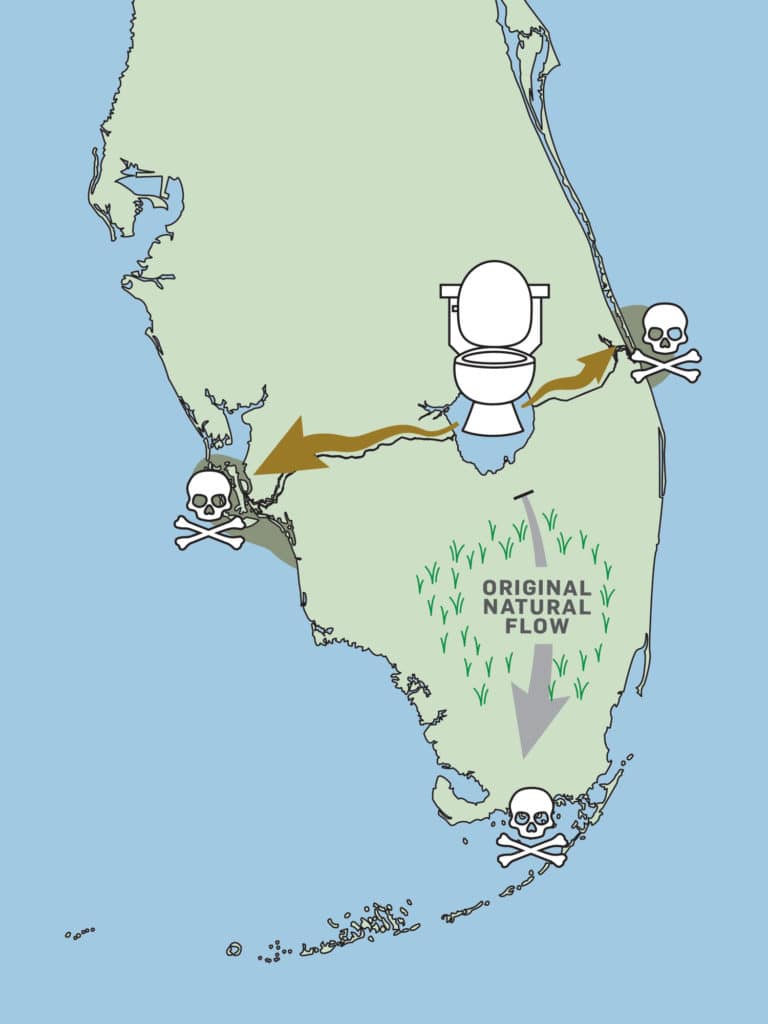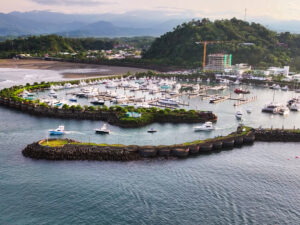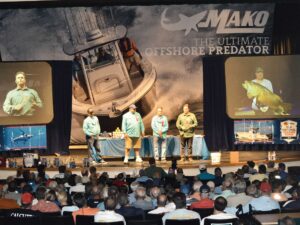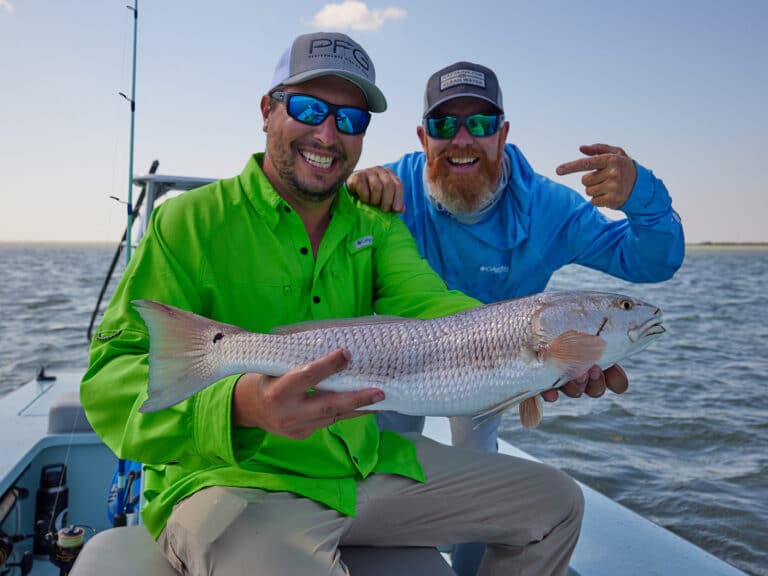
Triple Threat
This is not the first time I have talked about this subject, but it would be great if it were the last. Changes have been discussed for years, but talk is cheap. The fish of South Florida need action. Maybe, just maybe, there can be some positive movement; hopefully, that movement is water flowing south.
We have known for years that the natural flow of water from Lake Okeechobee has been disrupted, primarily to dry out thousands of acres south of Lake Okeechobee to allow sugar-cane growers to plant and grow their crops. Let’s not get into the subsidies that the growers also receive. However, focusing too much on agricultural uses has proven problematic to the environment.
Starving the Everglades of Fresh Water
Going back to 1948, Congress passed the Central and Southern Florida Project (C&SFP) to provide flood control, water supply for municipalities, and industrial and agricultural uses, which included about 1,000 miles of levees, close to 1,000 canals, and 200 control and pumping stations. Yes, I realize it was 1948, but to think this massive a project could be done without an equally detrimental result to the ecosystem is quite amazing.
Fast-forward to the year 2000, and the long-term impacts of C&SFP had become quite evident. The natural flow of fresh water through what has been called the River of Grass had supplied just the right amount of fresh water and nutrients to keep the Everglades and, ultimately, Florida Bay, which includes some of the most productive estuarine and marine habitat along our coasts, healthy and productive. Once that freshwater flow stopped, the salinity changed and that impacted a lot of the sea grasses, which began to die off. That impacted the productivity of the estuarine areas, which meant less forage for predators.
There were also extensive algal blooms that resulted in fish kills. All this was due to cutting off the natural southern flow of water from Okeechobee. A system that took thousands of years to develop was disrupted in a matter of a few years. But this was not the only problem. All the water that was no longer filtered through the River of Grass had to go somewhere, so it was channeled into the Caloosahatchee River to the west and the St. Lucie River to the east. In turn, these rivers, carrying nutrient-rich fresh water caused algal blooms, which impacted both the fish populations and the ecosystems of these riverine and estuarine areas.
Obstacles to Everglades Restoration
Not only is there the destruction of long-established natural systems, but there is also substantial economic impact from these problems. The value of the recreational fisheries in these areas is measured in billions of dollars every year. Commercial fisheries and general recreational uses of the waterways are also negatively impacted.
So in 2000, Congress passed the Comprehensive Everglades Restoration Plan (CERP), which essentially would undo all the mistakes of C&SFP at a then-estimated cost of $8 billion-plus dollars, or about one year’s worth of economic impact from recreational fisheries for Florida. So what’s the problem? The problem is there has been a lot of foot dragging when it comes to getting all the water-flow improvements done. So much so that the original end date of 2030 now looks like 2050 — way too long. Of course, the courts are also involved with numerous lawsuits from those impacted by CERP.
Organized Efforts
Will this effort progress on its own? Likely it will, but the problem is that permanent destruction of important habitat and fisheries may happen before the project gets completed. From a fisheries standpoint, that would mean it was all for nothing. A number of organizations have been and are working to push government into faster action. Probably the longest participant in the fight is the Everglades Foundation, started in 1995. It has advocated for restoration of the Everglades since day one. More recently, the Bonefish & Tarpon Trust has joined the battle with its Fix Our Water initiative. There are also social media efforts on Facebook called Captains for Clean Water and Anglers for Everglades Restoration.
Pretty much everyone is on the same page. CERP needs to be funded and implemented as originally promised. The central Everglades part of the project needs to get fast-tracked. The state needs to purchase the lands already identified for creating reservoirs to store and clean up the water.
It is up to us as interested users to make sure pressure is kept on the State of Florida to move this project along as quickly as possible. If you are asked why, tell them: “Because Congress mandated the restoration. Because this will enhance the recreational fishing industry which is worth at least $8 billion annually to Florida’s economy. And because it is the right thing to do for the future of our environment.”
For More Information:
- Everglades Foundation
- evergladesfoundation.org
- Bonefish & Tarpon Trust
- btt.org
- Captains for Clean Water
- captainsforcleanwater.org









